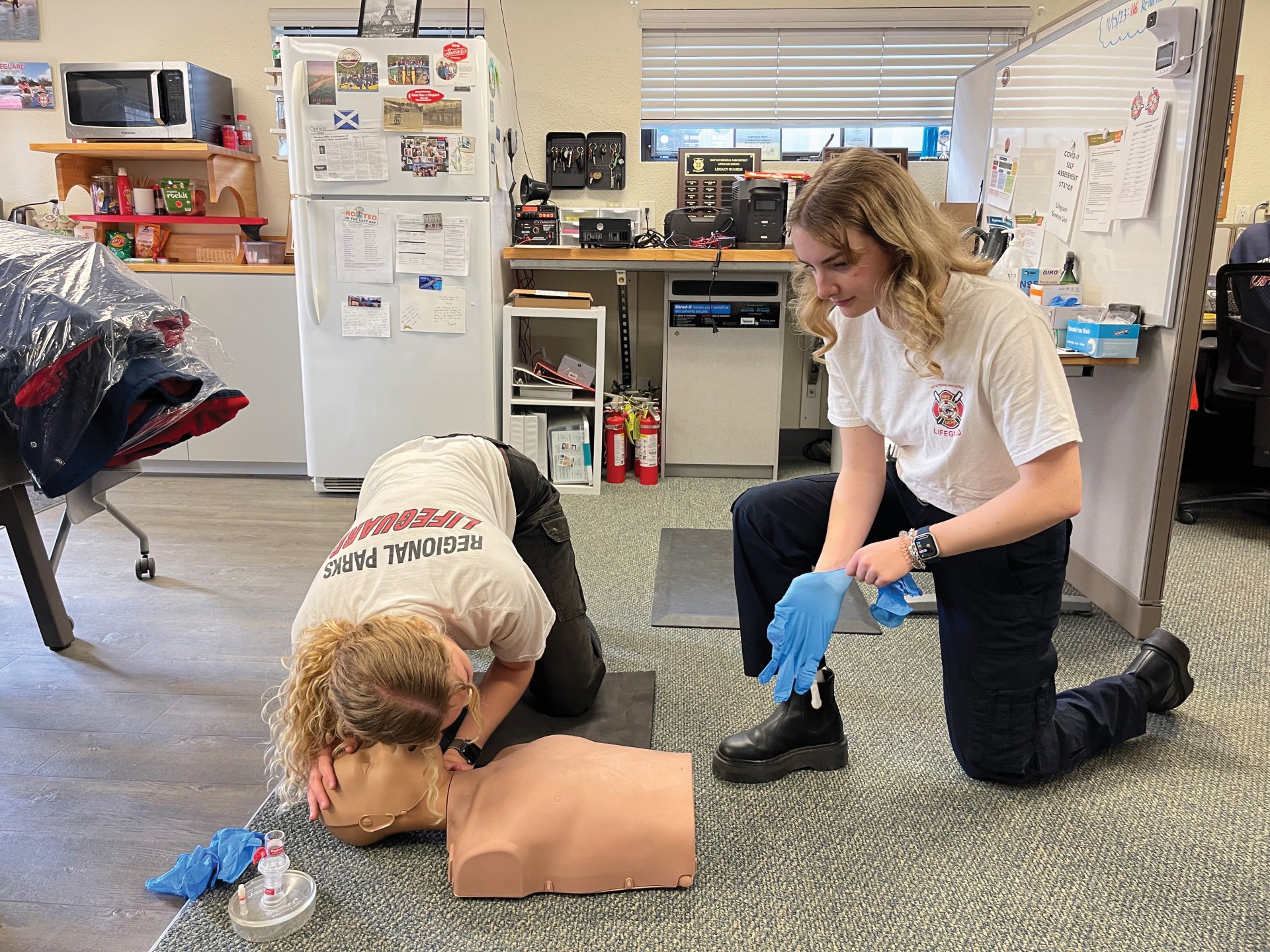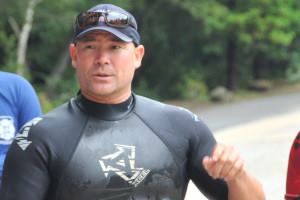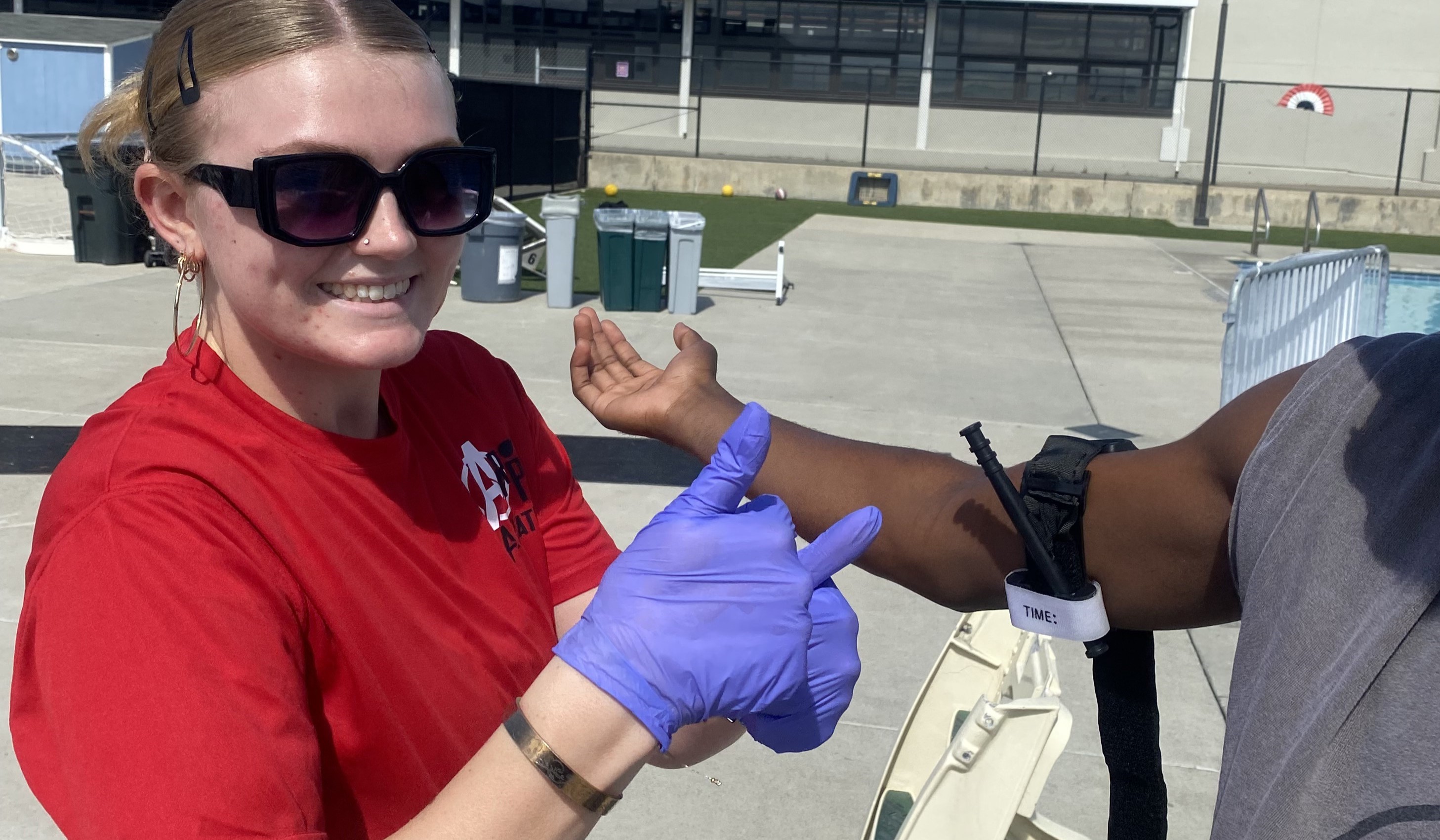All of us have personnel who work along-side our lifeguards. These are the front desk staff, cashiers, gym attendants, rangers, childcare leads, concessionaires, and maintenance crew. Depending on the time, day, and location, these staff members could serve as the initial rescuer or part of a rescue team providing care to a patron, if an incident should occur.
How do we get these team members involved and trained? First, let’s review the certifications they should have to start. Depending on the agency, non-aquatic staff likely have been certified only in adult CPR/AED. Some agencies have expanded their requirements to include First Aid. I also recommend CPR/AED for infant, child, and adult, along with First Aid that includes the use of tourniquets.
When developing the in-service, your goal is to get non-aquatic staff to a level of confidence and proficiency where their skill level equals that of your lifeguards. As the trainer, emphasize to the non-aquatic staff that they will serve as the primary rescuer until help arrives. Also explain that their quickness in providing care can make the difference in saving a life.
With these certifications as a start, an in-service trainer could focus on these topics:
Calling 911 and guiding responders
CPR solo rescuer
CPR multi-rescuer
Use of an AED
Choking
Controlled bleeding with the use of a tourniquet
Each of the training topics listed above should be given a 30-minute training session that follows a progression:
Trainer demonstration and skill focus
Skill(s) practice
Drills/scenarios
Calling 911 and Guiding Responders
Demo/skill focus: Emphasis should be placed on providing an accurate and clear call to 911. The caller should be able to identify themselves, and provide the name and address of the facility. They then need to explain to the dispatcher what’s going on, what’s being done, and what resources are needed. The trainer also should cover how to guide responders to the site of the incident. This should include where they should park their vehicles, the best entry points, and whether gates or doors need to be unlocked. For wilderness areas, the trainer should review trailheads, and natural landmarks. The trainer should have staff practice giving a report over a phone and radio.
Skill(s) practice: Work in two-person teams, with one person role playing as the 911 dispatcher and the other as the caller. Have the teams work on clarity, calmness, and volume when speaking to the dispatcher.
Drills/scenarios: Have two-person teams work on reporting different situations, such as an adult experiencing chest pain, a fight in the parking lot, or an unconscious child being pulled from the water.
CPR Solo Rescuer
Demo/skill focus: Emphasis on the differences in CPR for an infant, child and adult. This should include compression depth, hand placement, opening of the airway, and ventilations.
Skill(s) practice: Focus on effective ventilations and good compressions for infants, children and adults.
Drills/scenarios: Have two-person teams focus on the transition of solo CPR to multi-rescuer CPR. Implement drills that include one minute of solo CPR before a second rescuer brings an AED.
CPR Multi-Rescuer
Demo/skill focus: Emphasis on the differences in CPR for an infant, child and adult. This should include compression depth, hand placement, opening of the airway, and ventilations. Review the duties within a two-person team and three-person team: Who is providing compression, who is providing ventilation, who is calling 911.
Skill(s) practice: Focus on effective ventilations and good compressions for infants, children and adults.
Drills/scenarios: Have two-person teams focus on the transition of solo CPR to multi-rescuer CPR. Implement drills that include one minute of solo CPR before additional help arrives. Then perform drills where a two-person team arrives simultaneously to provide care together.
Use of an AED
Demo/skill focus: Review how to use the AED and how to the place adult and child pads. Emphasize the importance of not touching the patient when the AED is analyzing and when the flashing shock button is pressed. Also review how the AED pads can be placed on the victim when CPR is in progress.
Skill(s) practice: Have two-person teams focus on using an AED on a patient without CPR in progress. Once proficient, have the teams focus on using an AED while CPR is in progress.
Drills/scenarios: Have two-person teams provide CPR and use the AED simultaneously. Transition to CPR is provided for one minute, then the AED arrives.
Choking
Demo/skill focus: Review conscious choking for an infant, child, and adult. Go over proper hand placement for back blow and abdominal thrusts. Go over proper body position that the rescuer must have to safely provide care. Demonstrate how to safely lower a person to the ground once they become unconscious.
Skill(s) practice: Have two-person teams practice asking for permission to provide care, deliver back blows and chest thrust. Practice providing care for an infant, child, and adult. Practice lowering your partner to the ground to continue providing for an unconscious person who is choking.
Drills/scenarios: Form two-person teams: One person will role play as the victim, the other will act as the rescuer. Provide care to a conscious adult who is choking. Also include scenarios where the victim is a child, then an infant.
Controlled Bleed with the Use of a Tourniquet
Demo/skill focus: Perform a quick review of what is direct pressure and how to provide it. Go over the differences between bleeding and severe bleeding. Review tourniquets for severe bleeding.
Skill(s) practice: Create two-person teams — one person is the victim, and the other is the rescuer. Provide care for controlled bleeding of an arm or leg. Move to providing care for severe bleeding for an arm or leg with a tourniquet. Have the rescuers provide care to themselves and practice using a tourniquet on themselves.
Drills/scenarios: In two-person teams, one role plays the victim, the other is the rescuer. Provide care to the person with severe bleeding. The team should use a tourniquet and effectively stop the bleeding in under one minute. Have rescuers place a tourniquet on themselves in under a minute. Have rescuer place a tourniquet on their dominant arm using their non-dominant arm.
Unique Opportunity
This training might take a little more time and effort. And don’t be surprised if you get push-back or resistance. But this will be your opportunity to educate non-lifeguard staff about the important role they play in an emergency.
Good luck and keep training.


